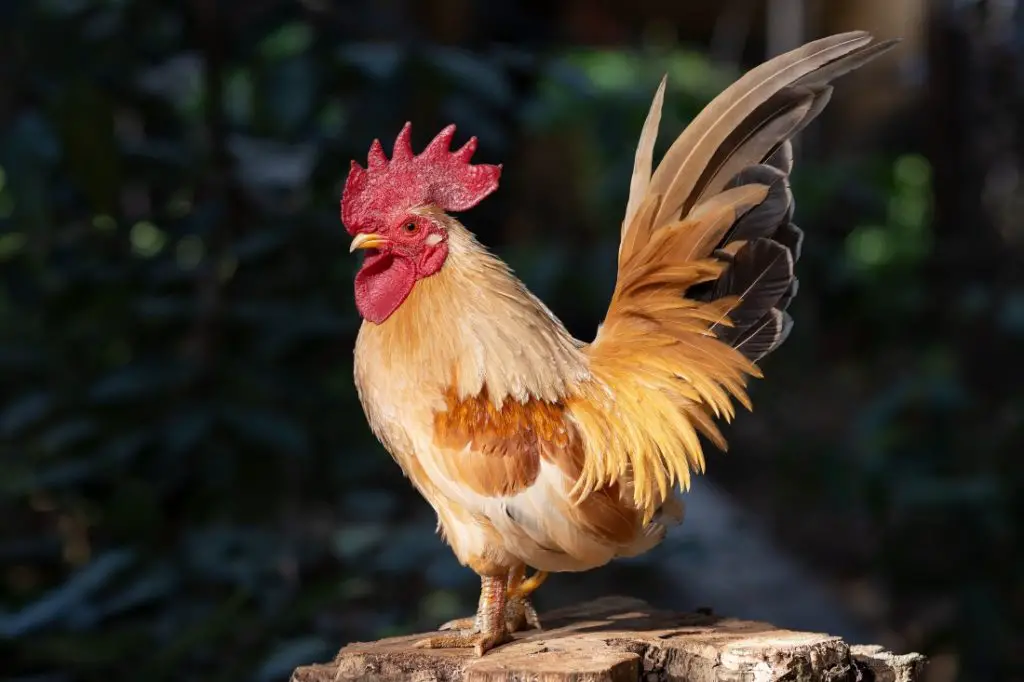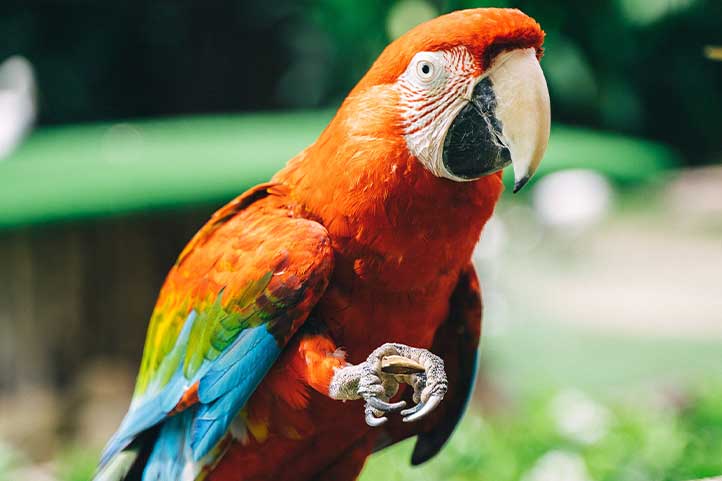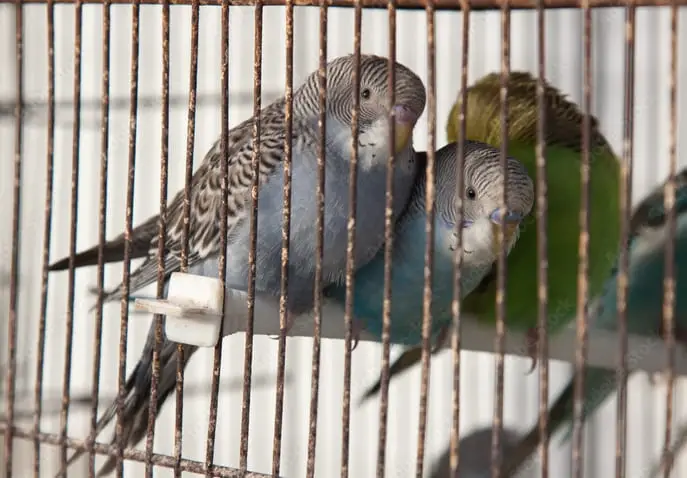Translated by Nick R
In previous posts we’ve talked about the basic care of a hen as a pet; however, did you know dwarf breeds of hens? Although their care is the same as a normal hen, due to their size, they are much more practical to take care of. Read on to find out more.
Table of Contents
What are dwarf hens?
Dwarf hens, which are also called kikas, pitirras, American or pililis, are the result of crossbreeding that some o them have suffered in farms where space can sometimes be reduced due to their size. However, this type of hen has an average weight of 60 g and the males are the largest.
Some other characteristics of the dwarf hens are their abundant and much tighter plumage, which gives them a more slender appearance; although this also depends on the breed, as there are dwarf breeds of hens that are related to the large ones such as the Japanese silky. Therefore, the colors of these hens are also very varied, from white to caramel, brown, golden, and black, other characteristics that stand out of the dwarf hens are:
- They are broody hens which means that they are constantly hatching, even though their broods are not as constant. Their use on farms for raising eggs from other hens is significant.
- Kika hens have smaller tails than average-sized hens, as well as a crest.
- They have different personalities, some of them can be very docile, calm, and affectionate, while others can be more restless and aggressive.
Why are kikas a good choice for a pet?
Kikas are a good choice for those who want a different pet bird alternative, as they will fit a specific space indoors or in small pens in your backyard or garden.
The care required for a kika hen is the same as any hen, so it will be enough if you have a basic notion of how to take care of them. However, there is always something new to learn with pets, and some care tips for kika hens are:
- Remember to take them out of their pen every day to graze and spend time digging in the dirt, as insects and earthworms are a good supplement to their diet.
- If you leave them outside, make sure they can shelter in their coop at any time, since in case of rain, their feathers may get wet and there is a danger of disease or fungus from dampness.
- The feed for kika hens is the same as that of a common hen: grains, cereals, feed, and vegetables such as pumpkin or carrots. Remember to supplement their food with calcium supplements such as cuttlefish bones.
Some known breeds of kika hens
Now, to give you an idea of which kikas you can buy, here is the top 3 of the most popular breeds.
Pekin breed
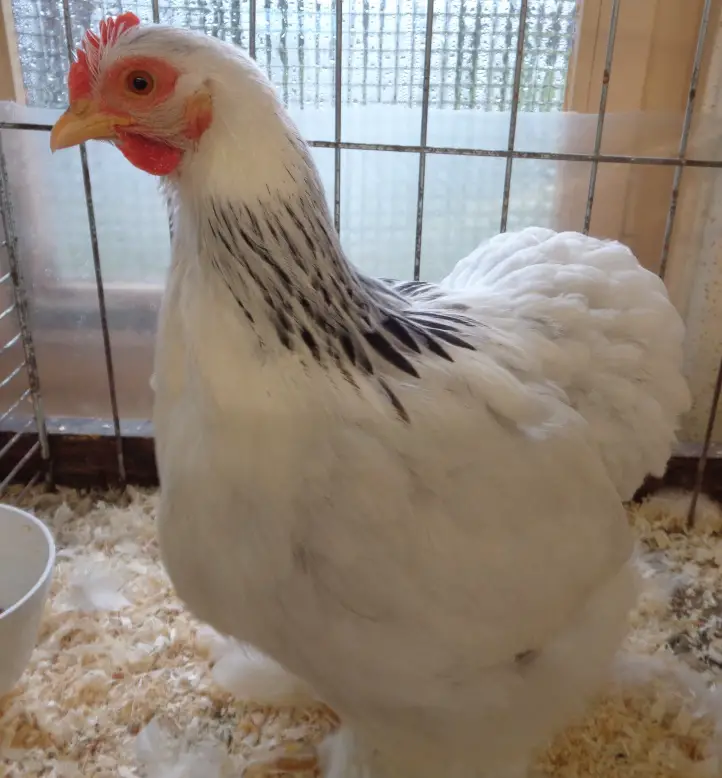
This breed is the most popular and docile of all the dwarf chickens, they have a variety of colors and are excellent companions for any member of the family, but be careful because their appearance is sometimes confused with other breeds such as the Bantam, so these specimens are also often called “Pekin Bantam” breed. Anyway, they are distinguished by their abundant and fluffy plumage that covers even their legs, which gives them a low appearance. Its body has a slight forward lean.
Japanese Silky Breed
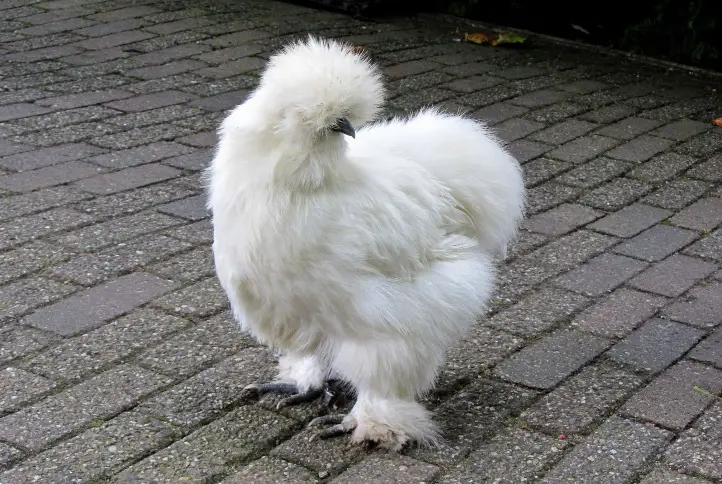
This apparent hairy specimen is a unique breed of hen because of its appearance of fine and soft feathers that cover almost all its body, but besides that, they have black colored bones that you can notice by its beak. The average weight of this hen in dwarf specimens is 600g.
The personality of the silky Japanese is very docile, faithful, and affectionate. It will be your perfect pet to share sunny days in the garden and walk around for a while since they also have the habit of following their owners.
Japanese silky kikas require a little more demanding care due to their special feathers, which like other dwarf breeds, are exposed to retain moisture. It’s necessary that their pen is in a cool, dry place as far as possible.
You also need to make sure that they do not contract parasites such as fleas or mites, which you can avoid by giving them the sand baths that all hens enjoy keeping their plumage clean and shiny.
This hen is somewhat more difficult to obtain due to its rarity; however, with some effort, you will surely find a good specimen to take care of and if you think you have the means, start raising a pen of them, as they are also very good mothers.
Dutch Booted Breed
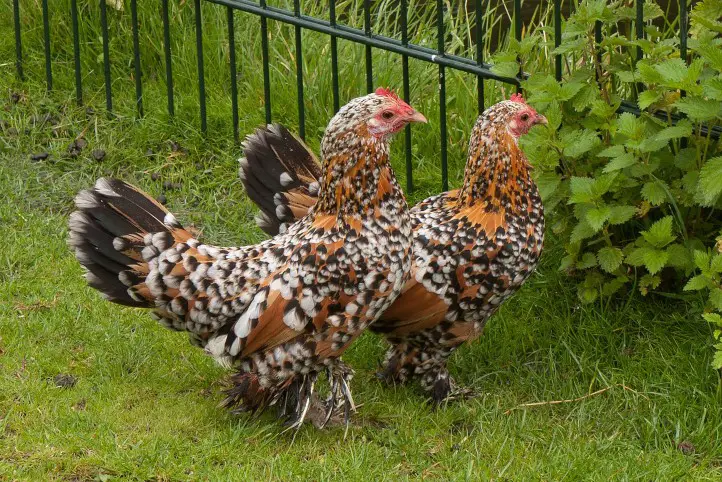
This Kika breed bears its name for nothing less, and what stands out the most about it is the long plumage on its legs, being the milflores dwarf specimen of this breed, which has spotted plumage on its wings and back.
This specimen, like the previous one, is quite exotic; its presence is more common in only a few parts of the world, such as Germany. However, it’s possible to find some of them in ornamental poultry hatcheries.
The personality of these hens is also calm and pleasant, so they will not only be a good company to have in the pen but also for you. But, be aware of their leg feathers, since in tasks such as grazing they can store a lot of moisture in them and also in their pen.
Some care tips for Kika hens
Kikas hens can be for poultry enthusiasts, as well as for farmers or people with little experience in poultry care. In any case, they will be excellent companions and faithful friends. Always be aware of their care and litter, because if you have a male in them, it is inevitable that there will be clutches from time to time, which can be between 8 to 10 eggs that can hatch in about 21 days.
Related Blogs
Can you keep a hen as a pet? – Basic care guide
How did chickens and other poultry become domesticated? Brief history
